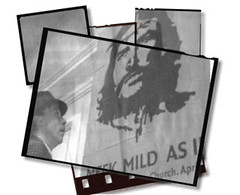
One may wonder if it is enough to sift through the extant texts and to isolate the views of exile and return, which may not have been as important as they seem to be when isolated from their contexts, and marshal this as evidence for a narrative world view, an orthodoxy, or even an orthopraxy. The burden of describing the various Second Temple Judaism(s) in relation to exile and return becomes how much evidence is needed to maintain that the ideas of exile and return proliferated down to the ‘common people’ and were thus powerful and meaningful motifs during this time period?[1] And moreover what kind of evidence is permissible as evidence at all? It is noted that just as there is no uniform theology in the texts of the Second Temple period there is also no uniform orthodoxy of exile and return. And it is important to remind ourselves that a list of texts is not necessarily proof that such ideas ever proliferated beyond those who read and preserved those texts, but texts are by in large all we have to go on. Thus we move forward with a plausibility, noting that the Jewish sources represent a wide spectrum of divergent thinking upon the subject of exile, but a thinking nonetheless.
Two further questions that logically might seem to call into question the use of the exile as a powerful shared narrative in the Second Temple Period that need to be addressed are; firstly, the notion of a remnant theology emerging in the early Second Temple Period, and secondly the possibility of a vibrant assimilated Jewish community which would have no need for restoration.
[1] This is of course a central problem to all social histories of antiquity, not less a problem with all ‘history of ideas’ in antiquity.




No comments:
Post a Comment